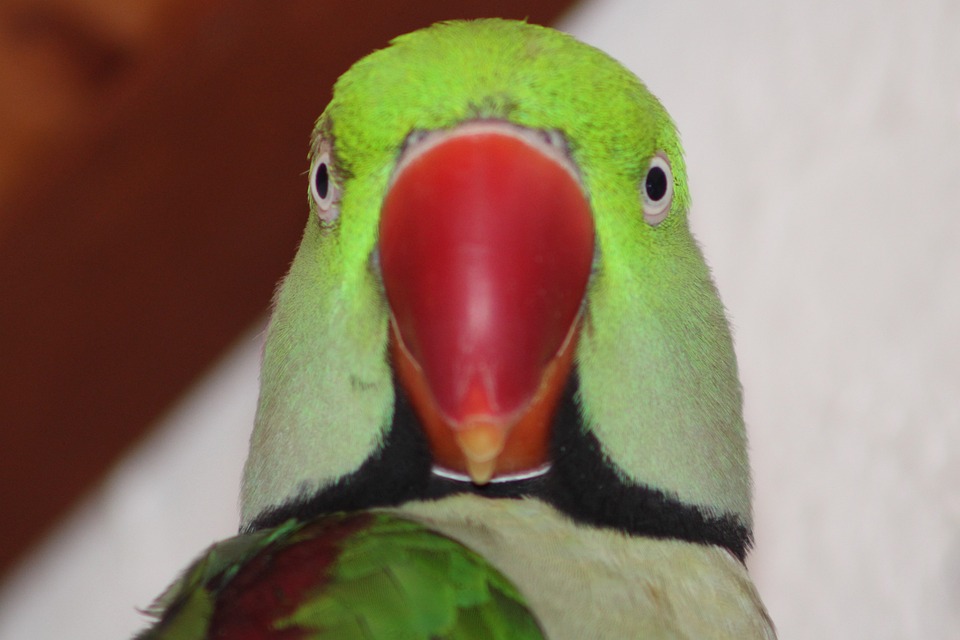Parrots are highly intelligent and social creatures that thrive on mental stimulation and social interaction. Engaging them in social play with toys is not only essential for their mental well-being but also promotes their physical health. In this article, we will discuss effective strategies to encourage social play and interaction with toys for your beloved parrot.
Understanding the Importance of Social Play for Parrots
Social play is an integral part of a parrot’s natural behavior. In the wild, parrots engage in social play with their flock members, which helps them develop important social skills and build strong bonds within the group. By providing opportunities for social play, you are replicating this natural behavior and allowing your parrot to fulfill its instinctual needs.
Social play promotes mental and physical well-being in parrots. It keeps their minds active and engaged, preventing boredom and the development of negative behaviors such as excessive screaming or feather-plucking. Additionally, social play provides physical exercise, helping to keep your parrot fit and healthy.
Selecting the Right Toys for Social Play and Interaction
Choosing the right toys for social play is crucial to ensure your parrot’s engagement and enjoyment. Here are some types of toys that are suitable for promoting social play:
1. Interactive puzzle toys: These toys require your parrot to solve a puzzle or manipulate parts to access treats or rewards. They provide mental stimulation and encourage problem-solving skills.
2. Foraging toys: Foraging toys mimic the natural foraging behavior of parrots, requiring them to search and work for their food. They promote mental stimulation and prevent boredom.
3. Climbing and swing toys: Parrots enjoy climbing and swinging, which mimics their natural movements in the wild. These toys provide physical exercise and help develop coordination and balance.
4. Foot toys for independent play: Foot toys are small toys that can be easily held and manipulated by your parrot’s feet. They encourage independent play and help keep your parrot entertained when you’re not available.
Considerations when choosing toys for social play:
When selecting toys for social play, there are a few important considerations to keep in mind:
– Safety considerations: Choose toys made from non-toxic materials and ensure they are the appropriate size for your parrot to manipulate safely.
– Variety: Provide a mix of toys to cater to different play preferences. Some parrots may prefer puzzle toys, while others may enjoy swinging or climbing toys.
– Rotating toys: Keep the environment engaging and stimulating by regularly rotating toys. This prevents your parrot from becoming bored with the same toys and encourages exploration and play.
Engaging Your Parrot in Social Play
Creating an interactive play environment is key to promoting social play and interaction with toys. Here are some tips to create an engaging play area for your parrot:
– Set up a play area in your parrot’s cage or designated space where they can explore and interact with their toys.
– Use perches and play stands to provide variety and different levels for your parrot to explore.
– Incorporate different textures and colors to stimulate interest. Parrots are attracted to bright colors and enjoy exploring different textures.
Playing with your parrot: Tips for social interaction
Playing with your parrot is not only fun but also essential for building a strong bond and promoting social play. Here are some tips for social interaction with your parrot:
– Use positive reinforcement by offering treats and praise when your parrot engages in play. This will encourage them to continue playing with their toys.
– Mimic parrot behavior by flapping your wings, bouncing toys, and vocalizing. Your parrot will be more likely to engage in play if they see you participating.
– Encourage exploration by introducing new toys regularly. Rotate toys to maintain your parrot’s interest and prevent them from becoming bored.
FAQs (Frequently Asked Questions)
Q: How can I tell if my parrot is enjoying social play with toys?
A: Signs of engagement include active play, exploring, and vocalizing. Your parrot may also show positive body language cues such as fluffed feathers, a raised crest, and dilated pupils. Positive vocalizations such as chirping, singing, or mimicking sounds are also indicators of enjoyment.
Q: Can social play with toys help in reducing aggressive behavior in parrots?
A: Yes, social play can help redirect aggressive tendencies. By providing alternative outlets for energy and frustration, such as toys, you can help prevent aggressive behavior. However, if your parrot’s aggression is severe or persistent, it is recommended to consult with an avian behaviorist for further guidance.
Q: How often should I introduce new toys for social play?
A: It is beneficial to rotate toys regularly to maintain your parrot’s interest and engagement. However, the frequency of toy rotation may vary depending on your parrot’s preferences. Some parrots may enjoy having new toys introduced weekly, while others may prefer longer periods between toy rotations. Observe your parrot’s behavior and adjust the frequency accordingly.
Conclusion:
Promoting social play and interaction with toys is vital for a parrot’s overall well-being. By providing a stimulating and engaging environment, selecting appropriate toys, and actively participating in social play, you can strengthen the bond with your feathered friend and ensure their mental and physical health. Remember, observing your parrot’s preferences and consulting with avian experts will help you tailor the play experience to meet their unique needs.









